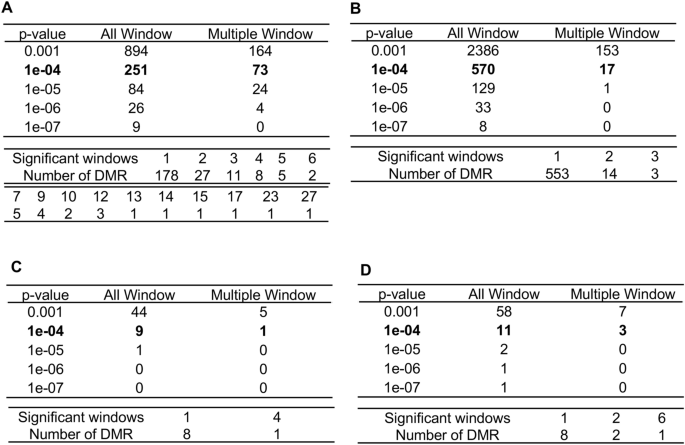2023-09-27 ワシントン大学セントルイス校
◆これにより、疑わしい脳腫瘍やその他の脳疾患の非侵襲的な生検が可能になり、診断確認と治療決定の手助けになります。研究チームは、この技術を動物で試験し、その後、人間での使用の実現可能性と安全性を示す新しい研究を行いました。ソノバイオプシーは、MRIや手術生検に代わる新たな分子診断技術として、脳疾患の研究分野に革命をもたらす可能性があります。
<関連情報>
- https://source.wustl.edu/2023/09/noninvasive-ultrasound-based-brain-biopsy-is-feasible-safe-in-people/
- https://www.nature.com/articles/s41698-023-00448-y
神経ナビゲーション誘導集束超音波を用いた高悪性度神経膠腫患者に対するソノバイオプシーのヒト初の前向き試験 First-in-human prospective trial of sonobiopsy in high-grade glioma patients using neuronavigation-guided focused ultrasound
Jinyun Yuan,Lu Xu,Chih-Yen Chien,Yaoheng Yang,Yimei Yue,Siaka Fadera,Andrew H. Stark,Katherine E. Schwetye,Arash Nazeri,Rupen Desai,Umeshkumar Athiraman,Aadel A. Chaudhuri,Hong Chen & Eric C. Leuthardt
npj Precision Oncology Published:16 September 2023
DOI:https://doi.org/10.1038/s41698-023-00448-y

Abstract
Sonobiopsy is an emerging technology that combines focused ultrasound (FUS) with microbubbles to enrich circulating brain disease-specific biomarkers for noninvasive molecular diagnosis of brain diseases. Here, we report the first-in-human prospective trial of sonobiopsy in high-grade glioma patients to evaluate its feasibility and safety in enriching plasma circulating tumor biomarkers. A nimble FUS device integrated with a clinical neuronavigation system was used to perform sonobiopsy following an established clinical workflow for neuronavigation. Analysis of blood samples collected before and after FUS sonication showed that sonobiopsy enriched plasma circulating tumor DNA (ctDNA), including a maximum increase of 1.6-fold for the mononucleosome cell-free DNA (cfDNA) fragments (120–280 bp), 1.9-fold for the patient-specific tumor variant ctDNA level, and 5.6-fold for the TERT mutation ctDNA level. Histological analysis of surgically resected tumors confirmed the safety of the procedure. Transcriptome analysis of sonicated and nonsonicated tumor tissues found that FUS sonication modulated cell physical structure-related genes. Only 2 out of 17,982 total detected genes related to the immune pathways were upregulated. These feasibility and safety data support the continued investigation of sonobiopsy for noninvasive molecular diagnosis of brain diseases.


